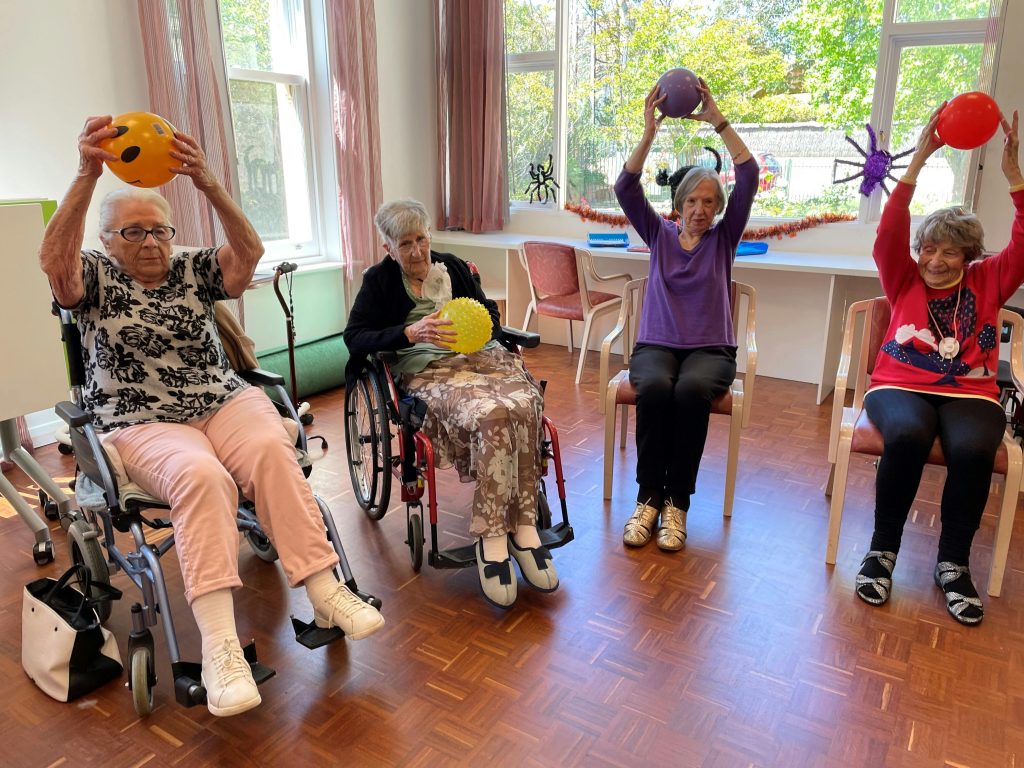Effective marketing campaigns are paramount for assisted living facilities to stand out, attract potential residents, and foster trust among families seeking quality care for their loved ones. Crafting a successful marketing campaign requires a strategic approach, incorporating a blend of digital and traditional methods tailored to the unique needs of the target audience. In this comprehensive guide, we delve into the essential components of effective marketing campaigns for assisted living facilities, providing actionable insights and strategies to elevate your facility’s visibility and drive occupancy rates.
I. Understanding the Target Audience
A. Demographic Analysis
Before launching a marketing campaign, it’s crucial to understand the demographics of the target audience, including:
- Age: Identify the age range of potential residents and their families.
- Location: Determine the geographic areas from which your facility draws the most interest.
- Interests: Explore the interests and preferences of the target audience to tailor messaging effectively.
B. Persona Development
Develop detailed personas based on demographic data to create targeted marketing campaigns that resonate with potential residents and their families. Consider factors such as:
| Persona | Description |
|---|---|
| Grace | An elderly individual seeking a supportive and engaging community in their retirement years. |
| Lisa | The adult child of a potential resident, concerned about their parent’s well-being and comfort. |
II. Crafting Compelling Messaging
A. Highlighting Unique Selling Points
Identify and highlight the unique features and amenities that set your assisted living facility apart from competitors. These may include:
- Personalized Care: Emphasize individualized care plans tailored to the unique needs of each resident.
- Engaging Activities: Showcase the diverse range of activities and events offered to promote socialization and well-being.
- Qualified Staff: Highlight the qualifications and dedication of your staff members in providing compassionate care.
B. Storytelling and Testimonials
Utilize storytelling to convey the experiences and successes of current residents and their families. Incorporate testimonials and positive reviews to build trust and credibility. For example:
“Meet Grace, a resident who found a sense of belonging and community at our assisted living facility. Hear her story of resilience and joy in her own words.”
III. Leveraging Digital Channels
A. Website Optimization
Optimize your facility’s website to enhance visibility and user experience. Ensure:
- Mobile Responsiveness: The website is mobile-friendly to accommodate users on various devices.
- Clear Call-to-Action (CTA): Include prominent CTAs prompting visitors to schedule a tour or request more information.
B. Social Media Engagement
Engage with potential residents and their families on social media platforms. Share:
- Engaging Content: Post regular updates, photos, and videos showcasing life at the facility.
- Community Engagement: Foster a sense of community by encouraging interaction and participation from followers.
IV. Implementing Targeted Advertising
A. Google Ads Campaigns
Utilize Google Ads to target individuals actively searching for senior living options. Implement:
- Keyword Optimization: Target relevant keywords such as “assisted living facilities” and “senior care services.”
- Geotargeting: Focus ad campaigns on specific geographic areas to reach local families.
B. Facebook Advertising
Harness the power of Facebook ads to reach a broader audience and generate leads. Consider:
- Audience Targeting: Define custom audiences based on demographics, interests, and behaviors.
- Compelling Visuals: Use high-quality images and videos to capture attention and evoke emotion.
V. Tracking and Analyzing Performance
A. Key Performance Indicators (KPIs)
Track the success of your marketing campaigns using relevant KPIs, such as:
- Conversion Rate: Measure the percentage of website visitors who take desired actions, such as scheduling a tour or contacting the facility.
- ROI: Evaluate the return on investment for each marketing channel to allocate resources effectively.
B. Data Analysis and Optimization
Regularly analyze campaign performance data to identify areas for improvement and optimization. Adjust:
- Messaging: Refine messaging based on audience engagement and feedback.
- Targeting: Fine-tune audience targeting criteria to reach the most qualified leads.
VI. Conclusion
In conclusion, effective marketing campaigns play a vital role in the success of assisted living facilities, helping to attract residents and build trust among families. By understanding the target audience, crafting compelling messaging, leveraging digital channels, and tracking performance metrics, facilities can create impactful campaigns that resonate with their audience and drive occupancy rates. Embrace a strategic approach to marketing, continuously refine your tactics based on data-driven insights, and position your facility as a trusted provider of senior care services in the community.



